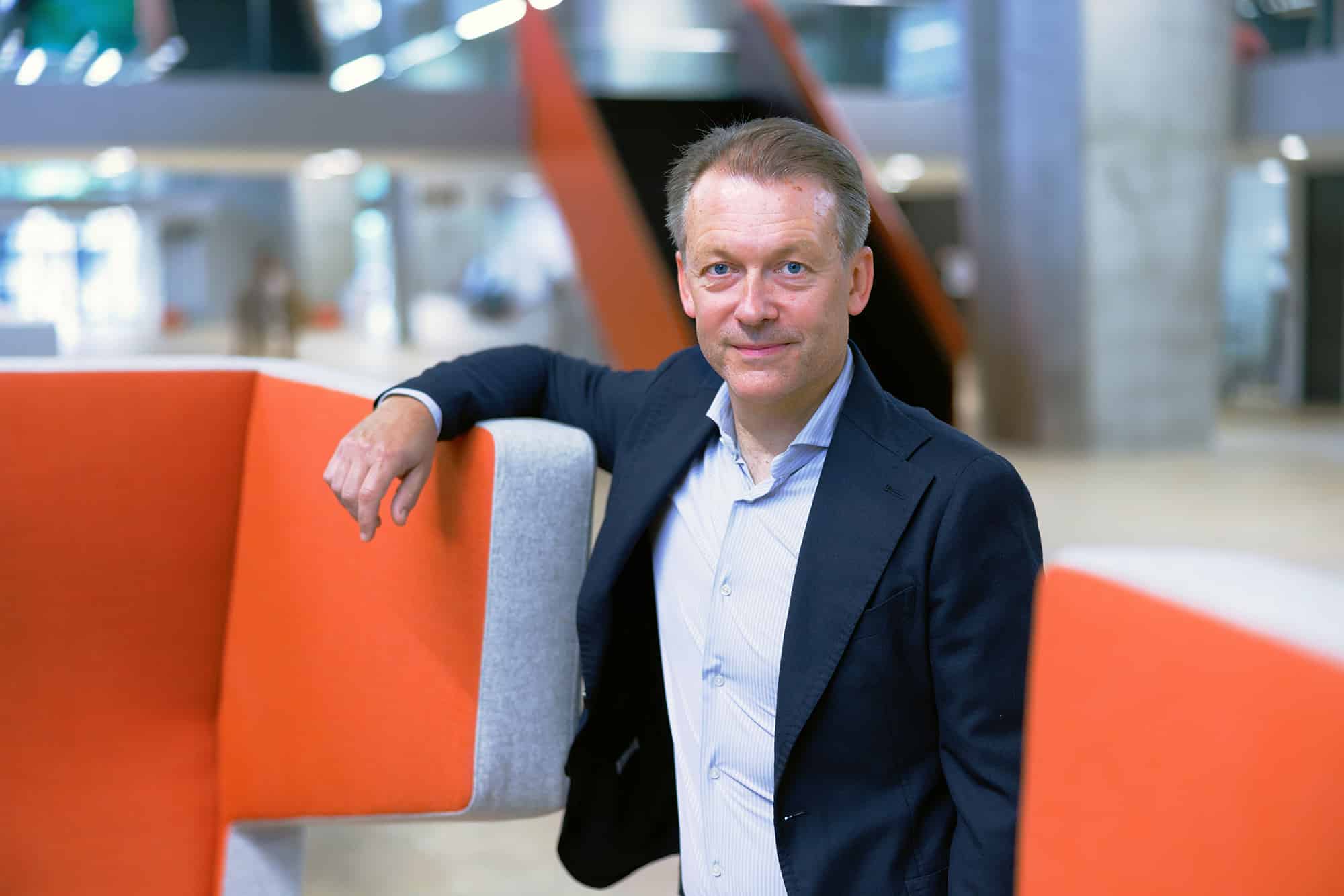
Along with the increasing number of people who are ageing, the number of hip and knee prostheses is also on the rise in The Netherlands. At the moment around 50,000 people are getting a new hip or knee. It is of the utmost importance for a successful recovery that people with these kinds of joint replacements learn to walk properly from day one. This isn’t a problem in hospitals. Then there’s a physiotherapist at a patient’s bedside who will guide them through their first steps following surgery. Yet once a patient has been discharged, they simply disappear from view.
Thanks to a mobile system that Ruhr Universität Bochum (RUB) is currently working on, patients can also be monitored at home now. If someone with a new hip or knee starts moving in the wrong way, a doctor or physiotherapist will be able to correct this immediately. Led by the company “ID4us” in Duisburg, this “rehab-to-go” project is financed by the European Regional Development Fund (ERDF) to the tune of approximately €2.1 million.
Patients are becoming invisible
There are a lot of people in The Netherlands who in one way or another have difficulty walking. This doesn’t always have to be due to an accident or osteoarthritis. Specialized centers can perform an analysis of how someone walks. This is done in order to determine where the problem lies and how it can best be treated. For instance, through physiotherapy exercises or using specific assistive devices. However, once discharged from the clinic, patients tend to disappear. Not one professional checks how, and if, the recovery process is progressing. Or whether damage is occurring as a result of constant incorrect movement patterns.
Capturing patterns of movement
This can be improved thanks to the “rehabilitation-on-the-go” team. The researchers came up with a new way of mapping the movement of arms, legs and hips. This is done on the basis of Radio Frequency Identification (RIFD) technology. RFID labels, commonly referred to as tags, must be applied to clothing. Sensors record the movement patterns. Dr. Nils Pohl and his team’s task is to link RFID technology to high-frequency radar systems. They do this in order to be able to accurately track each individual tag on the body.
Direct online feedback
This way, patients can get instant online feedback about how they are walking or how they perform their physiotherapy exercises. Attending physicians are able to remotely detect and, if necessary, rectify detrimental walking patterns. The system also offers the option of closely monitoring the progress of postoperative recovery and to optimize treatment accordingly.
Quality of treatment is improved
This new technology is being used for the first time in the orthopedics and trauma surgery department of St. Marien Hospital Mülheim/Contilia on patients following knee or hip replacement operations. According to Prof. Dr. Marcus Jäger: “Online monitoring will improve the quality of treatment, increase patient safety and at the same time shorten hospital stays.”








